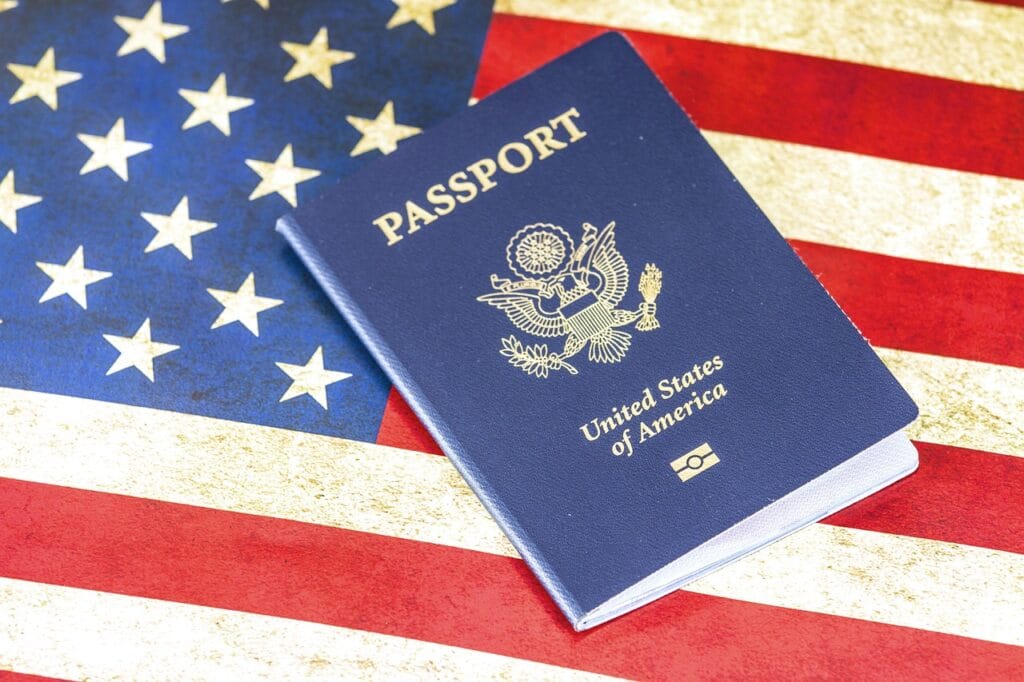When planning to visit, work, or live in the United States, understanding the different U.S. visa types is essential. With a variety of visa categories designed to accommodate diverse purposes, choosing the right one is the first step toward a successful application. This guide will help you explore the main visa categories, their purposes, and the application process.
Immigrant Visas: Your Path to Permanent Residency
Immigrant visas are designed for individuals who intend to live permanently in the U.S. These visas often lead to green cards and provide the foundation for eventual U.S. citizenship.
Family-Based Immigrant Visas

U.S. citizens and lawful permanent residents can sponsor qualified family members with these visas. Categories include:
- Immediate Relative (IR) Visas for spouses, parents, and children.
- Family Preference Visas (F1, F2, etc.) for more distant relatives like siblings.
Employment-Based Immigrant Visas (EB Visas)
Employment-based visas include five categories (EB-1 to EB-5) designed for skilled workers, professionals, and investors:
- EB-1: For individuals with extraordinary abilities in fields like arts, sciences, or athletics.
- EB-5: For investors who provide employment in the United States.
Diversity Visa Lottery
The Diversity Visa Lottery offers a unique chance for individuals from underrepresented countries to apply for an immigrant visa. With 55,000 visas awarded annually, it’s a path to diversity in U.S. immigration.
Special Immigrant Visas
These visas are granted to specific groups, such as religious workers, Afghan/Iraqi translators, or employees of international organizations.
Non-Immigrant Visas: Temporary Visits to the U.S.

Non-immigrant visas are intended for short-term visits to the United States for work, study, business, or tourism.
Tourism and Business Visas (B-1/B-2)
These visas are the most common for short visits:
- B-1: For business trips, meetings, or conferences.
- B-2: For tourism, visiting family, or medical treatment.
Student Visas (F-1, M-1)
For academic or vocational studies:
- F-1: For academic programs like university or high school.
- M-1: For vocational training or technical education.
Exchange Visitor Visas (J-1)
These visas support cultural exchange programs, including internships, training, and work-study opportunities.
Temporary Worker Visas
Designed for employment-based stays, these include:
- H-1B: For professionals in specialty occupations like IT or engineering.
- H-2A: For seasonal agricultural workers.
- L-1: For intra-company transferees.
Investor and Treaty Trader Visas (E-1/E-2)
These visas are for individuals engaged in trade or investments in the U.S. under specific treaties.
Special Visa Categories
Certain U.S. visa types address humanitarian needs or diplomatic purposes.
Humanitarian Visas
- U and T Visas: For victims of crime or human trafficking.
- Asylum and Refugee Status: For people escaping violence or persecution.
Temporary Protected Status (TPS)
TPS is granted to nationals from countries experiencing conflict, disaster, or other extraordinary conditions.
Diplomatic and Official Visas (A and G)
These are issued to foreign government officials or representatives of international organizations like the United Nations.
Visa Waiver Program (VWP)
Citizens of participating nations can enter the United States for up to 90 days without a visa thanks to the Visa Waiver Program. Travelers must apply through the Electronic System for Travel Authorization (ESTA). While convenient, VWP is limited to tourism and business purposes.
Navigating Common Challenges in Visa Applications

Applying for a U.S. visa can be daunting, but understanding common challenges can help:
- Delays: Processing times vary based on the visa type and application volume. Applying early is key.
- Documentation: Denials may result from incomplete or inaccurate documentation. Double-check all requirements.
- Interviews: Preparation is crucial for a successful visa interview. Practice answering questions confidently.
Transitioning from Non-Immigrant to Immigrant Visas
Some visa holders may wish to transition from a temporary status to permanent residency. Options include:
- Adjustment of Status: Apply for a green card without leaving the U.S.
- Sponsorship: Seek family or employer sponsorship for an immigrant visa.
This pathway allows temporary visitors to establish a long-term future in the U.S.
Conclusion
Understanding U.S. visa types is the cornerstone of a successful travel or immigration plan. Whether your goal is to visit, study, work, or live in the U.S., selecting the right visa category ensures a smoother application process. From temporary stays to permanent residency, the U.S. visa system accommodates a wide range of needs and aspirations.
If you’re planning your journey, consult official resources or seek expert guidance to make your application process seamless.
FAQs
1. What is the difference between an immigrant and non-immigrant visa?
Immigrant visas are for permanent residency, while non-immigrant visas are for temporary stays.
2. How long does it take to get a visa to the United States?
The volume of applications and the type of visa affect processing times. Tourist visas may take weeks, while immigrant visas can take months or years.
3. Can a student visa holder work in the U.S.?
Yes, but under specific conditions, such as on-campus jobs or Optional Practical Training (OPT) programs.
4. What is the Visa Waiver Program?
If they apply through ESTA, citizens of participating nations can enter the United States for up to 90 days without a visa under the VWP.
5. How can I increase my chances of a successful visa application?
Prepare all required documents, apply early, and practice for the visa interview to increase your chances of approval.

